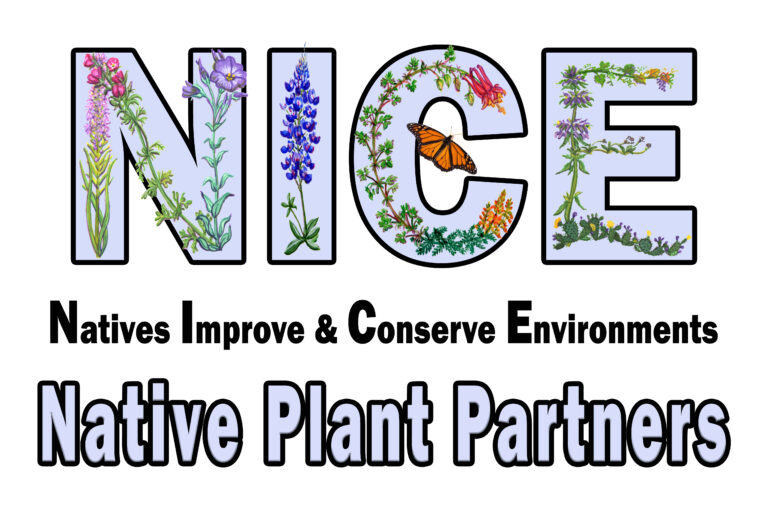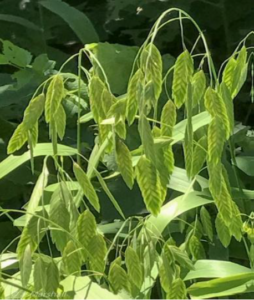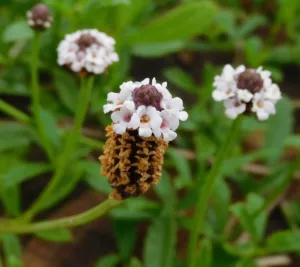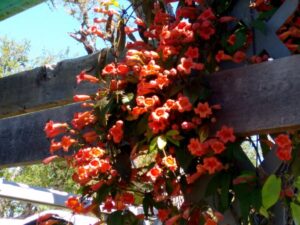
“NICE Native Plant Partners” is collaboration between the Native Plant Society of Texas and local nurseries to offer natives that are right for our local environment. Participating nurseries feature our chosen plant of the season with provided displays and an information sheet with care and planting instructions.
“Natives Improve and Conserve Environments” goals are to introduce and encourage the use of beautiful and durable native plants in our landscapes. Native plants, once established, save time and money by significantly reducing or eliminating the need for fertilizers, pesticides, water, and lawn maintenance equipment. Native plants provide food and habitat for birds, butterflies, bees, and other wildlife.
Allow us to introduce you to the spectacular beauty of native plants. Call or visit one of our participating nurseries listed below to ask about the plant of the season.
North Central Chapter Native Plant Partner Nurseries
Additional Native Plant Nurseries in the DFW Area
View all the NICE! Native Plant Partner Nurseries in Texas
NICE News

NICE Fall 2023 Plant of the Season
Inland Sea Oats (Chasmanthium latifolium): Ornamental Grass for ShadeDescription: Inland Sea Oats is a low-maintenance grass that thrives in the shade. It is a clump

NICE Summer Plant of the Season
Frogfruit: Flowering Groundcover and Butterfly Caterpillar Host Frogfruit, Phyla nodiflora (Lippia nodiflora), also called Texas Frogfruit, or Sawtooth Frogfruit, is a member of the verbena

NICE Spring Plant of the Season
Crossvine, Bignonia capreolata Crossvine, Bignonia capreolata, occasionallycalled trumpet flower, is a climbing, woody vine with showy,orange-red, trumpet-shaped flowers.To learn more view: Information Sheet
